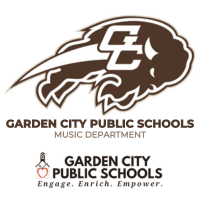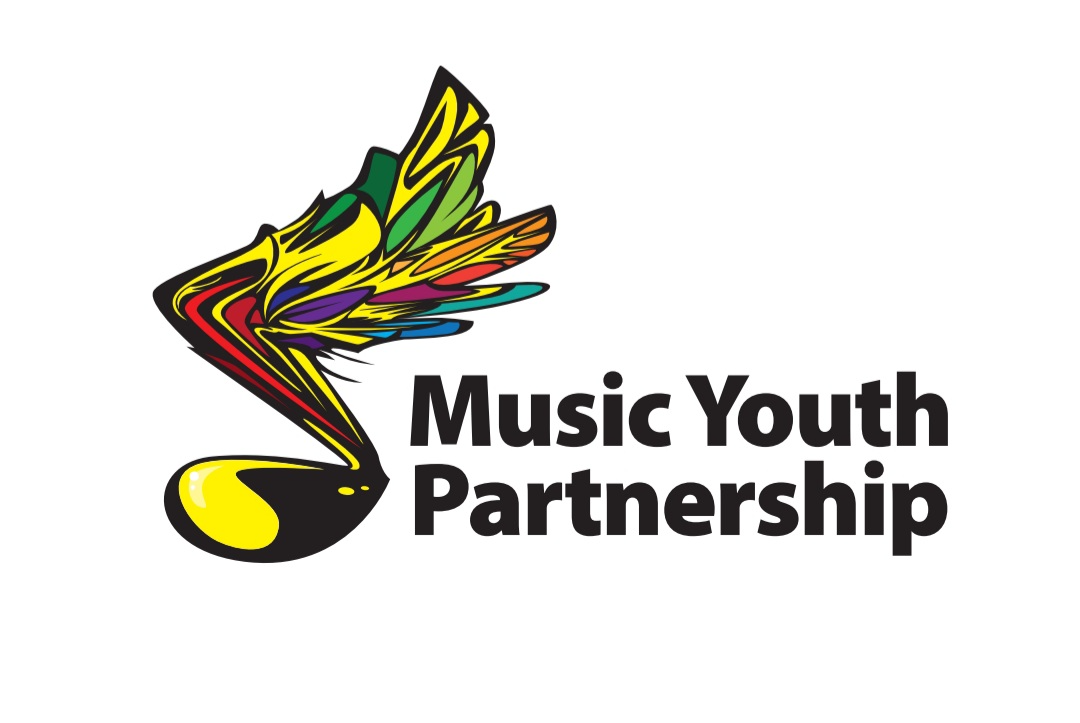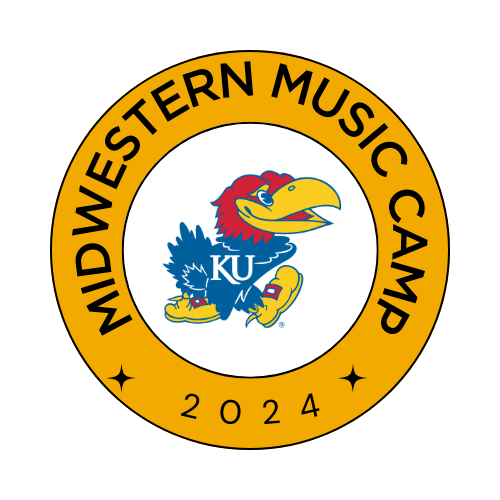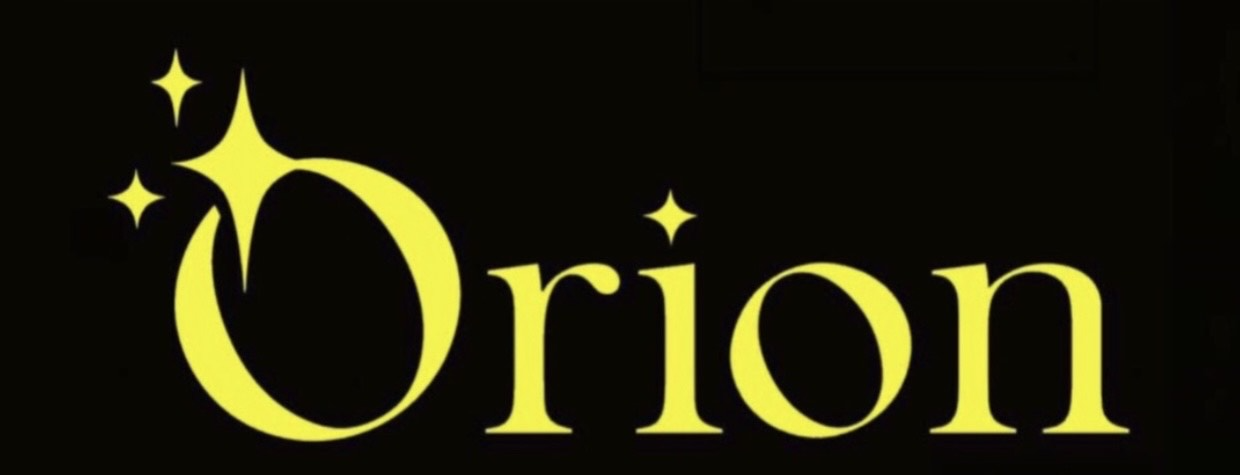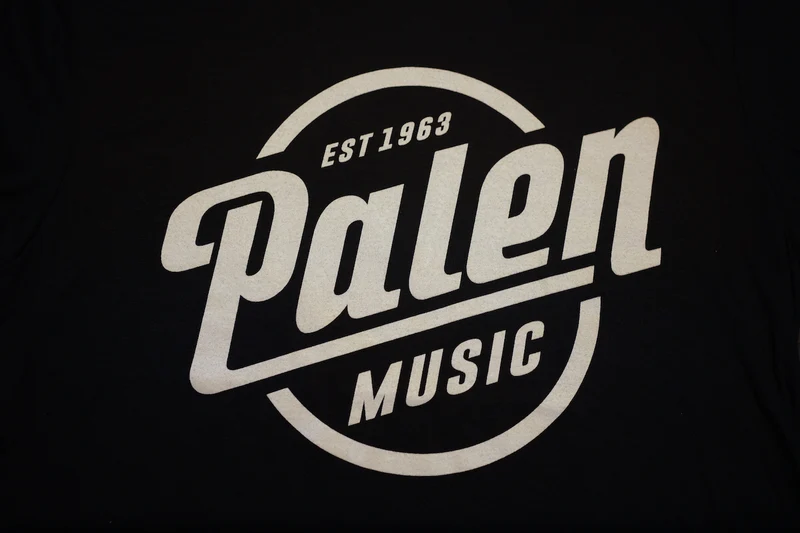
For the last two years, my team and I have been building an online tool intended to help conductors, educators, and researchers find composers from underrepresented groups—primarily women composers and composers of color. The projected began as a simple Google Sheets spreadsheet called the Women Composers Database1 back in January of 2018. Six months later this tool was launched publicly as the Composer Diversity Database. The database allows users to find composers and their works by searching through a number of various parameters including location, genre, racial, ethnic, or cultural heritage, and whether or not they’re living or deceased.
Since its public launch on June 1st, the Composer Diversity Database has found many fans throughout the professional and educational music community. As the site has become more widely known, it has spurred many questions relating to both its purpose and its future. In this article, I intend to discuss why intentional diverse programming should be something in which all music educators should be taking part, the systemic challenges inherent in diversifying the traditional repertoire, how tools such as the database and other resources can help such an endeavor, and some potential changes that educators can make at the state and local levels to improve the environment within which these new ideas can take root.
WHY DIVERSE PROGRAMMING IS NECESSARY
There is both a very simple answer and a very complex answer to the question “why is it necessary to diversify our traditional concert programming?”. The simple answer is that it’s the right thing to do; the idea that music education should be entirely centered around a limited cohort of composers who were or are almost entirely male and white while the demographics of the student body and the broader public audience has never been just male and is increasingly not white is one that needs revisiting.
The 2017-2018 State Headcount Enrollment2 numbers in Kansas show that female students make up 48.6% and students of color comprise 35.5%of Kansas’ pre-college student body. With very few exceptions, these students—at least those enrolled in music classes—will most likely not be exposed to composers who are like them. For example, a cursory analysis of the band, choral, and orchestral repertoire lists provided on the KMEA website bear this prediction out: the most diverse list is Choral with 106 works by 31 women (7.6% of 1394 works) and 39 works by 17 composers of color (2.8% of 1394 works), while the Band list contains 34 works by 5 women (2.3% of 1465 works) and 10 works by 7 composers of color (0.7% of 1465 works) and the Orchestra list contains 8 works by 4 women composers (0.5% of 1498 works) and 3 works by 3 composers of color (0.2% of 1498 works). These numbers reflect those I’ve found being made available to educators in major distribution houses (women composers only comprise 1.7% in both the 2018 concert band catalogs at J.W. Pepper3 and Stanton’s Music4) as well as in the professional sphere, where season programming in professional orchestras across the country consistently averages between 1-2% for women composers and composers of color.5
While the musical content of a work is of great importance, the power of the author and the author’s message and voice within that work is arguably of equal importance. As educators and schools begin to embrace the new music standards that emphasize creating and exploration of their own voices, it is imperative that they provide models of creative artists who reflect the identities of their students. I have taught composition in higher education for over 15 years and have worked with many young student composers through the NYSSMA Composition & Improvisation Committee and Interlochen Summer Arts Camp and my experiences with young women composers and composers of color have been that they overwhelmingly appreciate and desire to learn more about composers who are like them.
The more complex answer is that works by women composers and composers of color are not performed more because, until relatively recently, they were mostly unknown, they were usually difficult to find, and there was no urgent impetus to look for them. The second and third of these reasons have gradually improved through the growth of online websites and increased attention to diversity and inclusion issues, but the first reason—lack of awareness on the part of the musical community—has been difficult to address.
The way I describe it is through a chronological continuum: pre-college students are exposed to a limited cohort of composers while in school. Those who study music in college are exposed to a larger (but no more diverse) cohort of composers in their ensembles and coursework. Those who decide to pursue music education learn how to conduct with works within that cohort and understandably go out into the world teaching what they know…which is often almost entirely informed by composers who represent only a portion of who we are as a society and as a culture. This is no slight on music teachers in the public schools; similar continua exist for those who pursue professional conducting and academic careers as well. It is no different than when audiences flock to concerts with works that they have heard before and are reticent about concerts that are overly new and challenging—we are comfortable with what we know, and we are both exposed to and taught about the music we know through the lenses of these continua.
TOOLS AND INTENTIONS
A primary reason for creating the Composer Diversity Database was to make it easier for those making programming decisions to explore the works of composers they were not aware of. There have been a number of other books, websites, and other sources that listed women composers and composers of color, but none that would allow for a quick and efficient search within a sizable range of aforementioned parameters. For instance, a band director can search for women composers or composers from various racial, ethnic, or cultural heritages, and then add a location to those searches to find composers who meet those criteria who also live within their state or even city. This could allow for the potential of interaction between the composer and the students and ultimately a much more rich musical experience for all involved. We’ve already seen examples of general music classes using the site to let their fourth and fifth grade students discover composers on their own, and we’re discovering new ways the resource can be used every day. Finally, there are other resources out there that can be used by music teachers to help diversify their curricula—one in particular is Music Theory Examples by Women6, an excellent online compendium of musical examples written by women composers from throughout history that are categorized by topic and can easily be incorporated into any music theory class.
All the tools and resources in the world wouldn’t be able to make a dent in this important issue if educators don’t make the decision to investigate their own programming processes and repertoire. I have never made a call for quotas in programming, but after much thought I have suggested that minimum windows are useful as guides for conductors and educators. The windows I suggest are as follows: 25%-35% living composers, 15-20% women composers, and 15-20% composers of color (with overlaps between all three, of course). These are meant to be goals to achieve through intentional and strategic programming over time. The current ratios mentioned previously are so low as to be hard to believe, but with strong rationales and the right resources, it is my hope that educators can provide quality music to their students while at the same time introducing them to voices and ideas they would have never been exposed to otherwise.
Endnotes:








